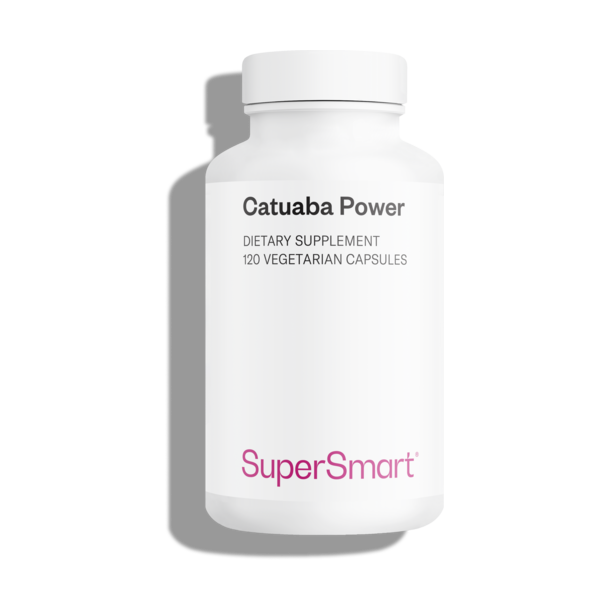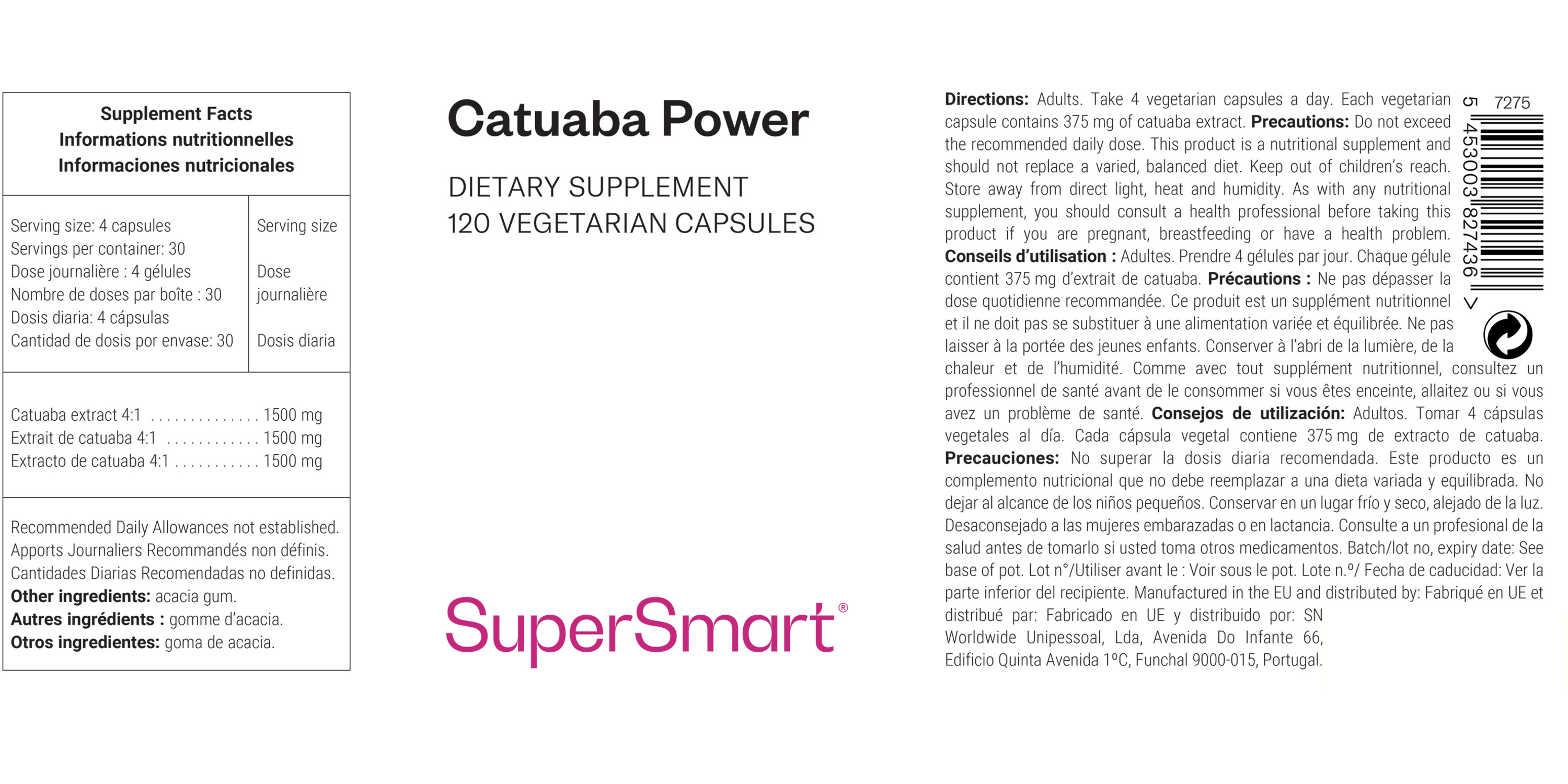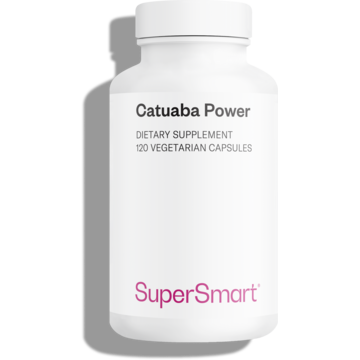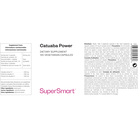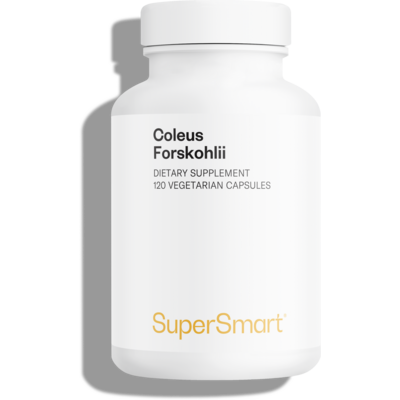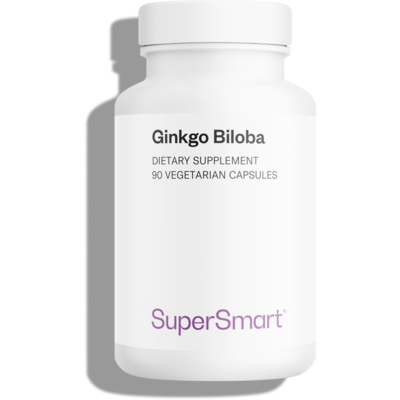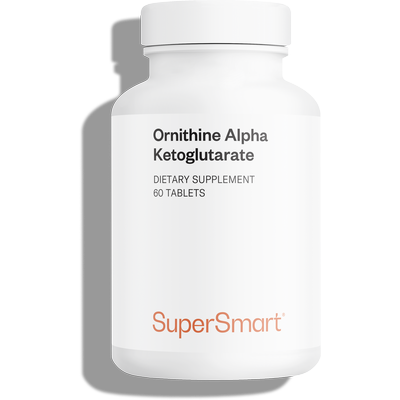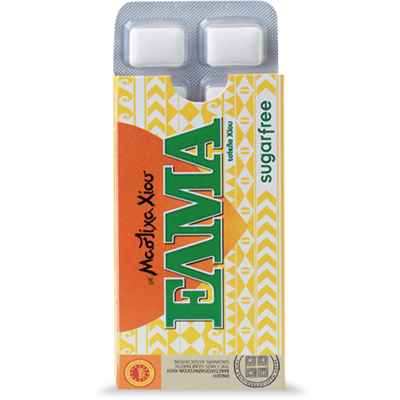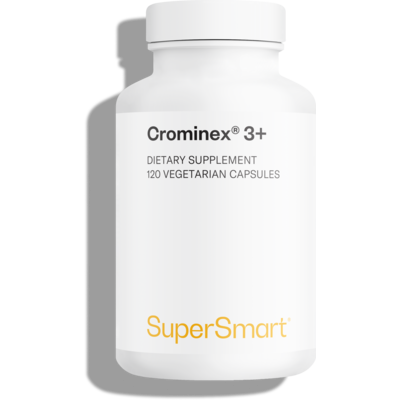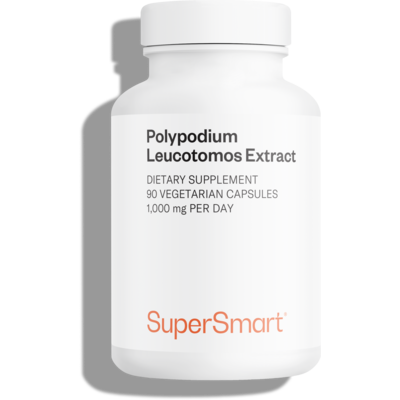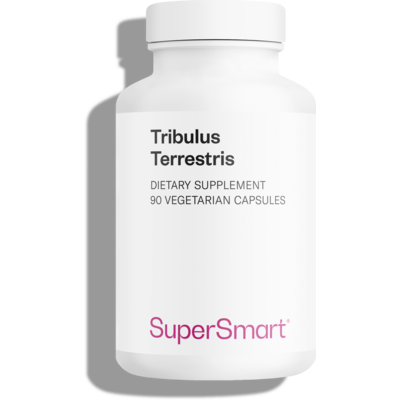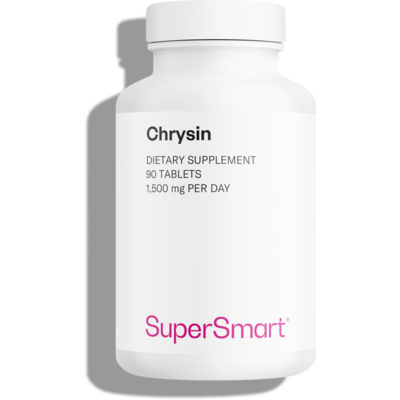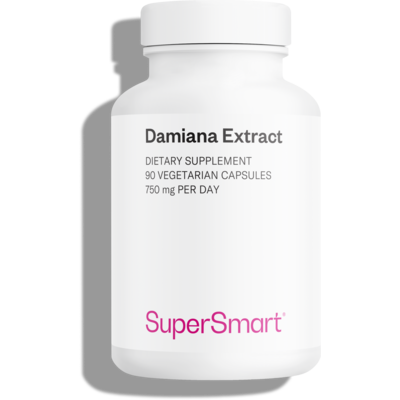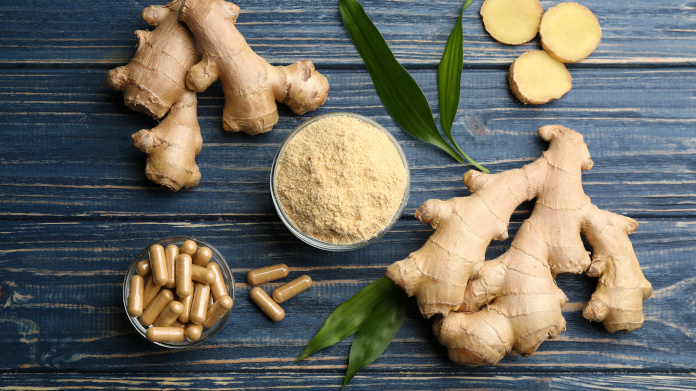In Stock
Catuaba Power
Catuaba Power Supplement with Botanical Extract to Help Support Energy and Vitality *
Create Your Offer
Catuaba Power is a dietary supplement made from catuaba, a traditional plant indigenous to the Amazon rainforest of Brazil.*
What Are the Potential Benefits Associated with Catuaba Power?*
Catuaba (Erythroxylum catuaba) is a shrub native to Brazil that has been used for centuries in traditional practices. The bark of the plant has long been valued in local preparations to help support vitality, balance, and overall well-being.*
- Still featured in traditional Brazilian herbal practices, where it is used in infusions and tonics that may support energy and resilience.*
- Explored in research for its potential influence on relaxation, mood, and stress balance.*
- Traditionally associated with restorative uses, which may help maintain vitality as part of a balanced lifestyle.*
- Studied for possible effects on the nervous system and for its naturally occurring antioxidant compounds.*
What Are the Active Compounds in Catuaba Power Capsules?*
Research has identified several groups of natural compounds in catuaba bark that may contribute to its observed properties, including:*
- Alkaloids;
- Tannins;
- Phytosterols;
- Sesquiterpenes;
- Flavonoids;
- Lignans.
Other plant-based supplements traditionally associated with vitality and balance are also available at SuperSmart, such as Super Maca or the synergistic plant-based blend in Prosexual Booster Formula.*
WARNINGS
Do not exceed the recommended daily dose. This product is a nutritional supplement and should not be used as a substitute for a varied and balanced diet or a healthy lifestyle.
STORAGE
Store in a cool, dry place away from direct sunlight, heat, and humidity. Keep out of reach of children.
PREGNANCY AND MEDICAL CONDITIONS
If you are pregnant, breastfeeding, or have any medical conditions, consult your healthcare provider before using this product.
SUPPLEMENT INTERACTIONS
Consult your healthcare provider before use, especially if you are taking any medications or other supplements as there may be potential interactions.
Need Help?
Phone Number
+1 (786) 522-3907
From 9 am to 6 pm (EST)
Email Address
You May Also Like

